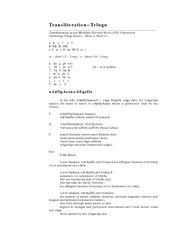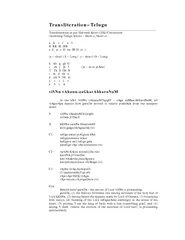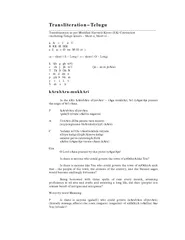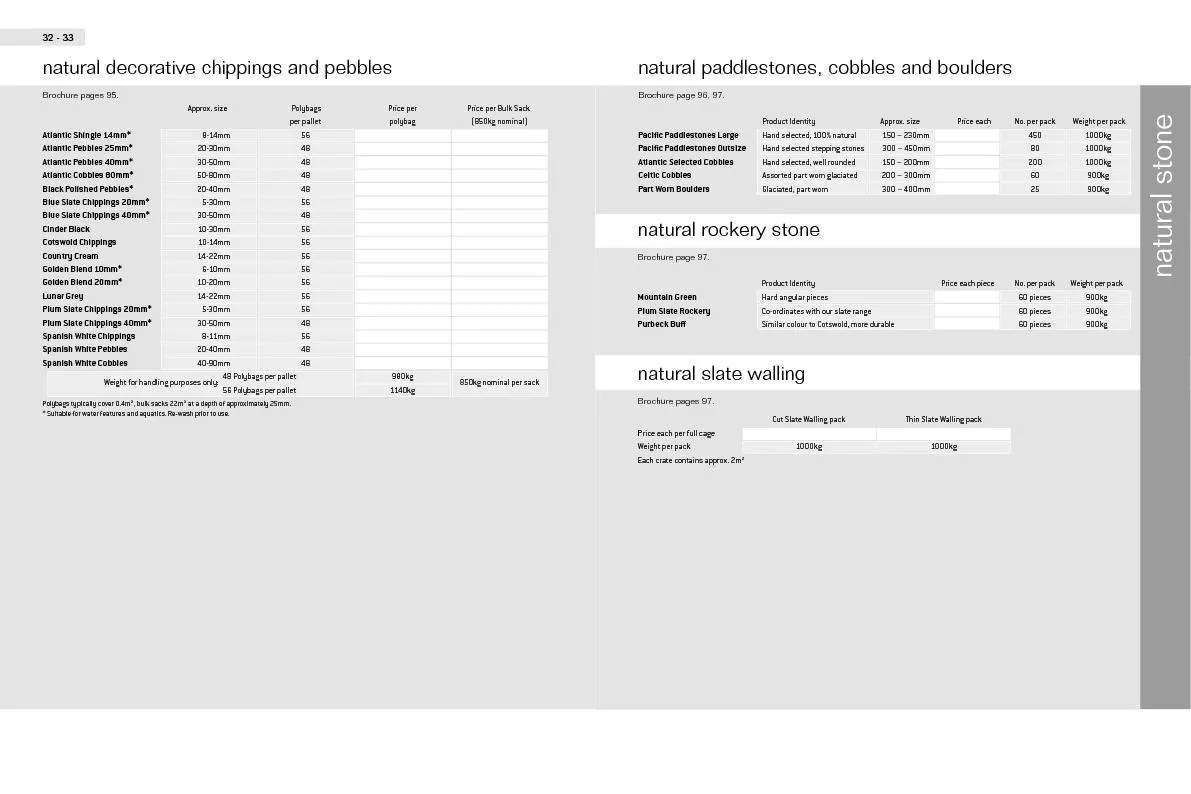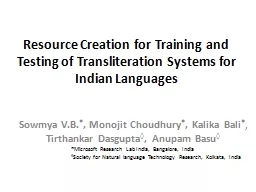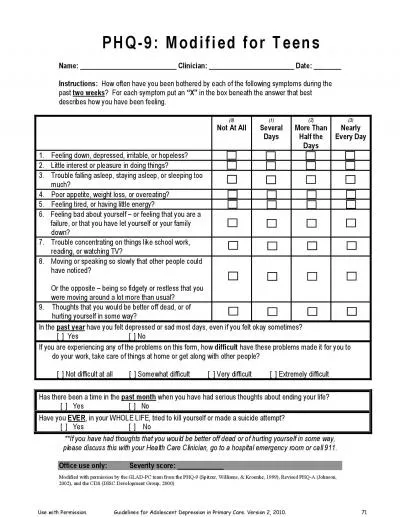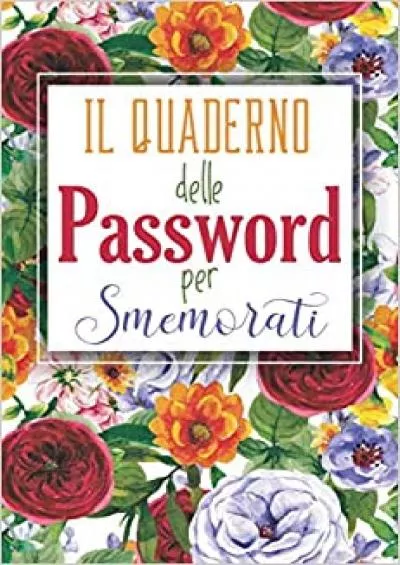PDF-TransliterationTelugu Transliteration as per Modified
Author : min-jolicoeur | Published Date : 2015-06-06
P nAdOpAsanacE Sankara nArAyaNa vidhulu velasiri O manasA A vEdOddhArulu vEdAtItulu viSvamella niNDiyuNDE vAralu nAda C mantrAtmulu yantra tantrAtmulu mari manvantaramulennO
Presentation Embed Code
Download Presentation
Download Presentation The PPT/PDF document "TransliterationTelugu Transliteration a..." is the property of its rightful owner. Permission is granted to download and print the materials on this website for personal, non-commercial use only, and to display it on your personal computer provided you do not modify the materials and that you retain all copyright notices contained in the materials. By downloading content from our website, you accept the terms of this agreement.
TransliterationTelugu Transliteration as per Modified: Transcript
Download Rules Of Document
"TransliterationTelugu Transliteration as per Modified"The content belongs to its owner. You may download and print it for personal use, without modification, and keep all copyright notices. By downloading, you agree to these terms.
Related Documents

